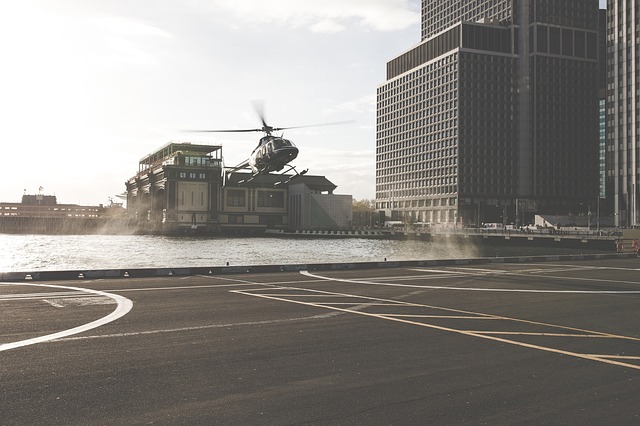We had previously reported that AMGH has entered the Indian market. At the same time we had highlighted the fact that the regulations of the country were hindering medical flight services from being fully functional. Now, India’s regulatory body, Director General of Civil Aviation, which governs medical flight services and commercial airspace has come up with a few directives to streamline the process.
The Guidelines for Medical Flight Services
The DGCA has cited the country’s Aircraft Rules implemented in the year 1937 which specifically says that for a flight to move into, out of or across the country, it would have to take permission from the government. Now, for medical flight services, DGCA has laid down certain additional rules that cover issues such as strap restraints for stretchers, oxygen availability, presence of qualified staff, and availability of vital medical devices. DGCA also mandates a minimum headspace of 76 cm vertically.
What this Means for Medical Flight Services
The medical flight services like AMGH now have clear guidelines that they need to follow, paving way for operations in the country that is believed to have one of the biggest markets in the world. With India’s private insurance providers also showing interest in medical flight services for emergencies, it could be the news that foreign air ambulance services have been waiting for.
Also, certain state governments of the country have shown interest in subsidizing medical flight services for the poor. It would, therefore, be no surprise if some aircrafts from countries like the United States make way to India. The reason for this is simple: the US air ambulance market is currently seeing an oversupply. This fact is making it tough for the domestic service providers to break even due to the huge initial investments involved. The size of India’s population may allow these medical flight services to operate at lower costs due to the sheer size of the market.


